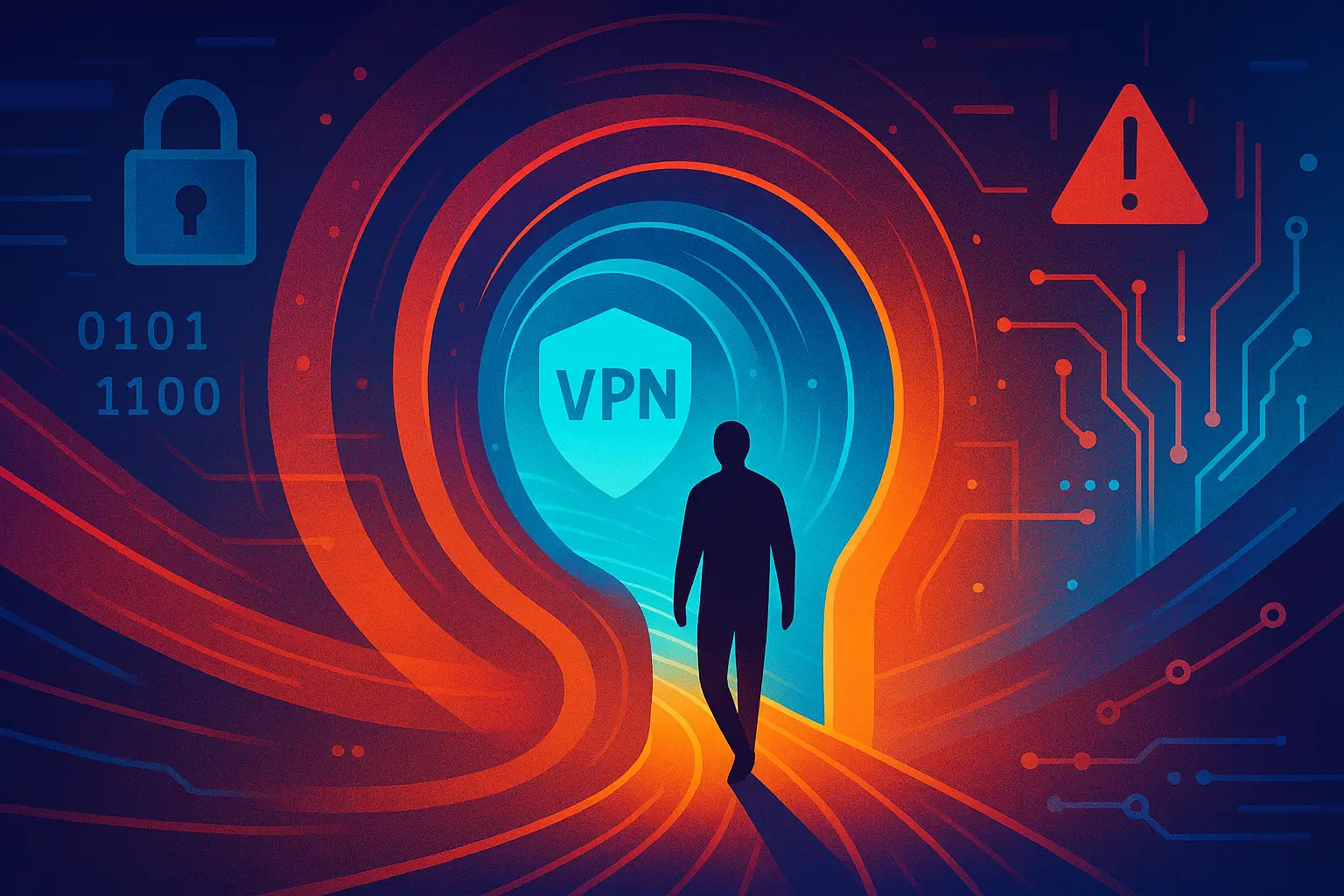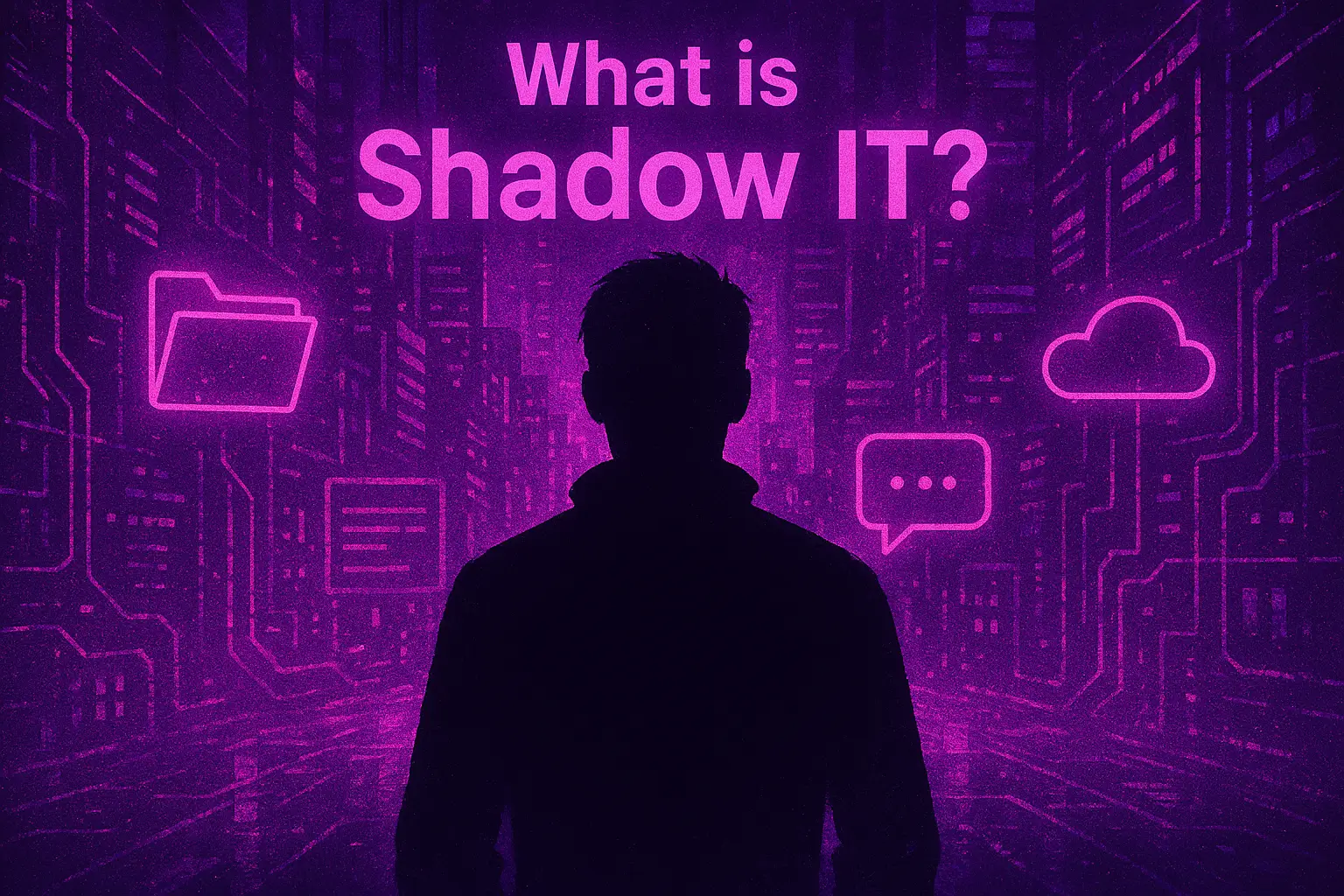As organisations strive to safeguard their sensitive data, the concept of a Security Operations Centre (SOC) as a Service is emerging as a crucial solution. This comprehensive guide will unravel the intricacies of SOC as a Service, empowering you to transform your cybersecurity strategy. Whether you’re a small startup or a large corporation, understanding how outsourcing your security operations can bolster your defences is essential. Discover how SOC as a Service can protect your business from potential breaches and enhance your operational efficiency, allowing you to focus on what you do best—growing and thriving in your industry. Unlock the secrets to a robust cybersecurity framework and gain the confidence to navigate the evolving threat landscape.
Understanding SOC as a Service: An Overview
In the ever-evolving cybersecurity landscape, businesses constantly seek innovative solutions to protect their digital assets. One such solution gaining traction is the Security Operations Centre (SOC) as a service. Essentially, SOC as a Service involves outsourcing the management and monitoring of a company’s security operations to a third-party provider. This service encompasses a range of activities, including threat detection, incident response, and vulnerability management, all aimed at safeguarding an organization’s information systems from cyber threats.
The key advantage of SOC as a Service is that it offers businesses access to advanced security expertise and technologies without the need to build and maintain an in-house SOC. This is particularly beneficial for small and medium-sized enterprises (SMEs) that may lack the resources to establish a comprehensive security infrastructure. By leveraging the expertise of a dedicated SOC provider, businesses can enhance their security posture and focus on their core operations.
Furthermore, SOC as a Service provides a scalable and flexible solution that can adapt to a business’s changing needs. Whether an organisation is experiencing rapid growth or facing evolving cyber threats, a SOC service provider can adjust its services to meet these demands. This adaptability ensures that businesses remain protected against the latest threats and can respond swiftly to any security incidents that may arise.
The Importance of Cybersecurity in Today’s Business Landscape
In today’s digital age, cybersecurity is no longer an option but is necessary for businesses of all sizes. The increasing reliance on digital systems and the internet has made organisations more vulnerable to cyberattacks. From data breaches to ransomware attacks, inadequate cybersecurity measures can be devastating, leading to financial losses, reputational damage, and regulatory penalties.
One of the primary reasons cybersecurity is crucial is the sheer volume and sophistication of cyber threats. Cybercriminals constantly evolve their tactics, making it challenging for businesses to keep up with the latest threats. Organisations risk falling victim to these attacks without robust cybersecurity measures, which can compromise sensitive data and disrupt operations.
Moreover, regulatory requirements and data protection laws are becoming increasingly stringent. Businesses must comply with various regulations, such as the General Data Protection Regulation (GDPR) and the California Consumer Privacy Act (CCPA), which mandate adequate security measures to protect personal data. Failure to comply with these regulations can result in significant fines and legal repercussions, further highlighting the importance of cybersecurity.
Key Components of SOC as a Service
SOC as a Service encompasses several key components that provide comprehensive security coverage. These components include threat intelligence, security monitoring, incident response, and vulnerability management. Each plays a critical role in ensuring an organisation’s information systems are protected against cyber threats.
Threat intelligence involves gathering and analysing data on potential threats to an organisation’s security. This information identifies emerging threats and develops strategies to mitigate them. By leveraging threat intelligence, SOC service providers can stay ahead of cybercriminals and proactively protect their clients’ systems.
Security monitoring involves continuously monitoring an organization’s networks and systems to detect suspicious activity. This is typically achieved through advanced security tools and technologies, such as intrusion detection systems (IDS) and security information and event management (SIEM) solutions. Security monitoring ensures that potential threats are identified and addressed promptly, minimizing the risk of a successful cyber attack.
Incident response is the process of addressing and managing the aftermath of a security breach or cyber attack. This involves identifying the cause of the incident, containing the threat, and implementing measures to prevent future occurrences. SOC service providers have dedicated incident response teams trained to handle security incidents efficiently and effectively.
Vulnerability management involves identifying and remedying vulnerabilities in an organization’s systems. This includes conducting regular vulnerability assessments and implementing patches and updates to address identified weaknesses. By proactively managing vulnerabilities, SOC service providers can reduce the risk of exploitation by cybercriminals.
Benefits of Implementing SOC as a Service
Implementing SOC as a Service offers numerous benefits for businesses, regardless of size or industry. One of the most significant advantages is access to specialised expertise and advanced security technologies. SOC service providers employ highly skilled security professionals who are well-versed in the latest cyber threats and mitigation strategies. This expertise is invaluable in ensuring an organization’s security measures are robust and effective.
Another key benefit is the cost savings associated with SOC as a Service. Building and maintaining an in-house SOC can be prohibitively expensive, particularly for smaller businesses. Organisations can significantly reduce their security-related expenses by outsourcing these functions to a third-party provider. This allows them to allocate resources more efficiently and invest in other business areas.
Moreover, SOC as a Service provides businesses with 24/7 monitoring and support. Cyber threats can occur at any time, and having a dedicated team of security experts around the clock ensures that potential incidents are detected and addressed promptly. This continuous monitoring and support help minimise the impact of security breaches and ensure that businesses can operate without disruption.
How SOC as a Service Works: A Step-by-Step Process
Implementing and utilising SOC as a Service involves several key steps. The first step is to thoroughly assess the organization’s current security posture. This includes identifying existing vulnerabilities, evaluating the effectiveness of current security measures, and determining the business’s specific needs and objectives. This assessment provides a baseline for developing a customized SOC strategy.
Once the assessment is complete, selecting a suitable SOC service provider is next. Potential providers are evaluated based on their expertise, reputation, and the range of services they offer. It is essential to choose a provider that aligns with the organization’s security requirements and can deliver the desired level of protection.
After selecting a provider, the implementation phase begins. This involves integrating the SOC service provider’s systems and tools with the organisation’s existing infrastructure. This may include deploying security monitoring tools, configuring SIEM solutions, and establishing communication channels for incident response. The implementation phase also involves establishing processes and protocols for ongoing monitoring and management.
The monitoring and management phase begins once the SOC as a Service is fully implemented. This involves continuous surveillance of the organization’s networks and systems, real-time threat detection, and incident response. The SOC service provider’s team of security experts works around the clock to identify and mitigate any potential threats promptly. Regular reports and updates are provided to the organisation, keeping them informed of their security status.
Choosing the Right SOC as a Service Provider
Selecting the right SOC as a Service provider is a critical decision that can significantly impact an organization’s security posture. Several factors must be considered when evaluating potential providers. One of the most important factors is the provider’s expertise and experience in cybersecurity. It is essential to choose a provider with a proven track record of delivering effective security solutions and the necessary skills and knowledge to address the specific needs of the business.
Another important consideration is the range of services offered by the provider. SOC as a Service encompasses various activities, including threat detection, incident response, and vulnerability management. It is crucial to choose a provider that offers a comprehensive suite of services that can address all aspects of the organization’s security requirements. Additionally, the provider should provide scalable solutions that can adapt to the changing needs of the business.
The provider’s reputation and customer reviews are also essential factors to consider. It is advisable to research the provider’s reputation in the industry and seek feedback from their existing clients. This can provide valuable insights into the provider’s reliability, responsiveness, and overall quality of service. Additionally, it is beneficial to choose a provider that offers transparent pricing and clear terms of service.
Common Challenges and Solutions in SOC as a Service
While SOC as a Service offers numerous benefits, organisations may also encounter several challenges. One common challenge is integrating the SOC service provider’s systems with the organisation’s existing infrastructure. This can be a complex and time-consuming process, particularly if the organization’s systems are outdated or incompatible with the provider’s tools. To address this challenge, it is essential to work closely with the provider to ensure a smooth integration and to conduct thorough testing before fully implementing the service.
Another challenge is the potential for false positives and negatives in threat detection. False positives occur when legitimate activities are mistakenly identified as threats, while false negatives occur when actual threats go undetected. Both scenarios can undermine the effectiveness of the SOC service and lead to unnecessary disruptions or security breaches. To mitigate this challenge, it is essential to continuously refine and optimize the threat detection algorithms and to implement robust validation processes.
A third challenge is effective communication and collaboration between the organisation and the SOC service provider. Clear communication channels and well-defined protocols are essential to address any security incidents promptly and effectively. Regular meetings and updates can help maintain a strong working relationship and ensure that both parties are aligned to protect the organization’s information systems.
Cost Considerations for SOC as a Service
The cost of implementing SOC as a Service can vary significantly depending on several factors, including the size of the organisation, the complexity of its security requirements, and the specific services provided. While the initial investment may seem substantial, it is vital to consider the long-term cost savings and benefits associated with outsourcing security operations.
One of the primary cost considerations is the subscription or service fee charged by the SOC service provider. This fee typically covers the cost of continuous monitoring, threat detection, incident response, and other security services. It is essential to carefully review the pricing structure and ensure it aligns with the organization’s budget and security needs.
Another cost consideration is the potential savings in reducing the need for in-house security personnel and infrastructure. Building and maintaining an in-house SOC can be expensive, requiring significant personnel, technology, and training investments. By outsourcing these functions to a third-party provider, organisations can significantly reduce security-related expenses and allocate resources more efficiently.
Additionally, it is essential to consider the potential cost savings associated with preventing security breaches and minimizing their impact. A successful cyber attack can result in significant financial losses, including the cost of remediation, legal fees, regulatory fines, and reputational damage. By implementing SOC as a Service, organisations can reduce the risk of security breaches and associated costs.
Check out our SOC Pricing Page to estimate the cost of service.
Future Trends in Cybersecurity and SOC as a Service
Cybersecurity is constantly evolving, and several trends are shaping the future of SOC as a Service. One of the most significant trends is the increasing use of artificial intelligence (AI) and machine learning (ML) in threat detection and incident response. These technologies can analyse vast amounts of data in real time, identify patterns and anomalies, and predict potential threats more accurately. As AI and ML continue to advance, they will play an increasingly important role in enhancing the effectiveness of SOC as a Service.
Another emerging trend is the growing emphasis on proactive threat hunting. Traditional SOC services have primarily focused on reactive measures, such as detecting and responding to threats after they occur. However, there is a growing recognition of the need for proactive threat hunting, which involves actively seeking out potential threats before they can cause harm. This approach requires advanced threat intelligence, sophisticated analytics, and skilled security professionals who can identify and mitigate threats in their early stages.
The increasing adoption of cloud computing and the Internet of Things (IoT) also impacts the future of SOC as a Service. As organisations migrate their data and applications to the cloud, there is a growing need for cloud-specific security solutions. Similarly, the proliferation of IoT devices presents new security challenges, as these devices often lack robust security measures and can be exploited by cybercriminals. SOC service providers are adapting to these trends by developing specialised solutions to address the unique security needs of cloud environments and Iot devices.
Conclusion: Making the Move to SOC as a Service for Enhanced Security
In conclusion, SOC as a Service offers a comprehensive and effective solution for businesses seeking to enhance their cybersecurity posture. Organisations can access specialised expertise, advanced technologies, and 24/7 monitoring and support by outsourcing security operations to a dedicated provider. This allows them to focus on their core operations while ensuring that their information systems are protected against the latest cyber threats.
Implementing SOC as a Service involves several key steps, including conducting a thorough assessment of the organization’s security needs, selecting a suitable provider, and integrating the provider’s systems with the existing infrastructure. Choosing a provider with the necessary expertise, reputation, and range of services is crucial to address the organization’s specific security requirements.
While there are challenges associated with SOC as a Service, such as integration issues and the potential for false positives and negatives, these can be effectively managed through close collaboration with the provider and continuous optimisation of threat detection algorithms. Additionally, the cost considerations associated with SOC as a Service should be carefully evaluated, considering the long-term cost savings and benefits.
As the field of cybersecurity continues to evolve, SOC as a Service will play an increasingly important role in helping businesses navigate the complex and ever-changing threat landscape. By staying ahead of emerging trends and leveraging advanced technologies, organisations can ensure that their information systems remain secure and resilient. Moving to SOC as a Service is a strategic decision that can provide enhanced security, operational efficiency, and peace of mind.






